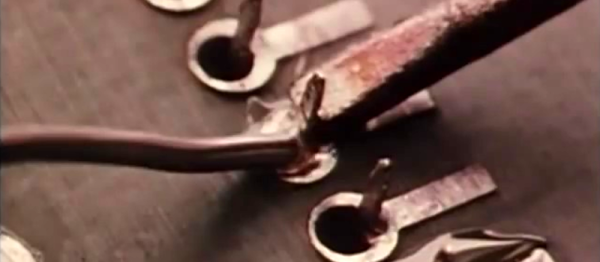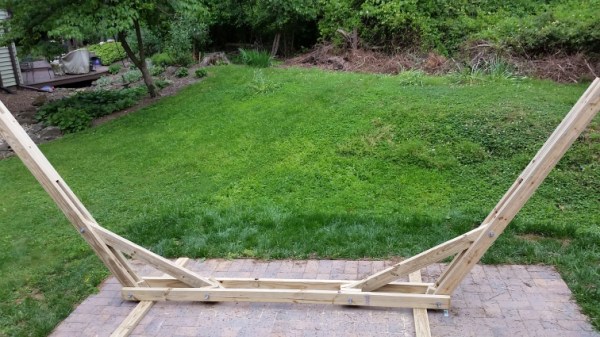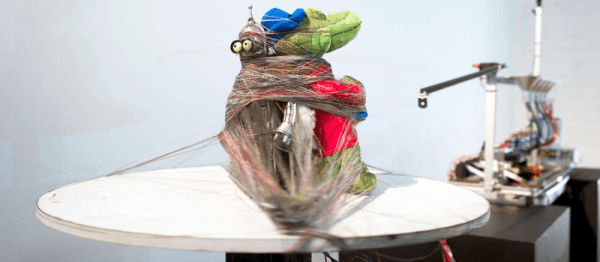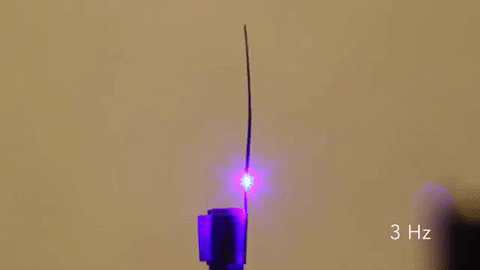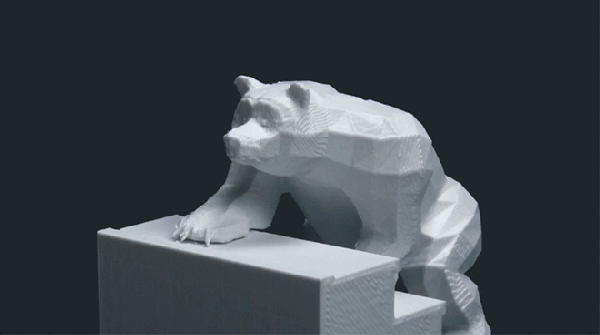When writing my last article, I came upon something I thought had been lost to the seven seas of YouTube: the old-school “Basic Soldering Lesson” series from Pace Worldwide.
This nine-episode-long series is what retaught me to solder, and is a masterpiece, both in content and execution. With an episode titled “Integrated Circuits: T0-5 Type Packages & Other Multi-leaded Components” and a 20-minute video that only focuses on solder and flux, it’s clear from the get-go that these videos mean business. Add that to the fact that the videos are narrated by [Paul Anthony], the local weatherman in the Washington DC area back in the 80s and 90s, these videos are a joy to watch.
Even if you know what you’re doing, don’t skip the first video. It’s where the “workpiece indicator” concept, which runs throughout the series, is introduced.
Covering everything from what solder really is to how to correctly solder integrated circuits, this series has it all, even if it’s slightly dated. And, while it’s not a hack, it’s a great way to rejuvenate your soldering skills or give someone a hot start on their soldering journey.
Speaking of which, we’ve seen many things designed to educate, but one size certainly does not fit all. Do y’all know of any well-made sources that teach foundational topics that are as accessible as this series? If so, let us know in the comments.
The first video in the series is after the break. In sum, they’re long but worth it.

